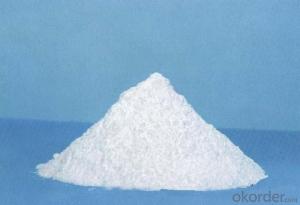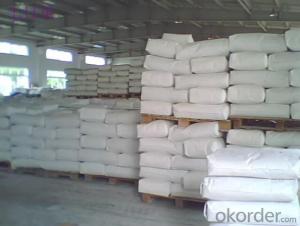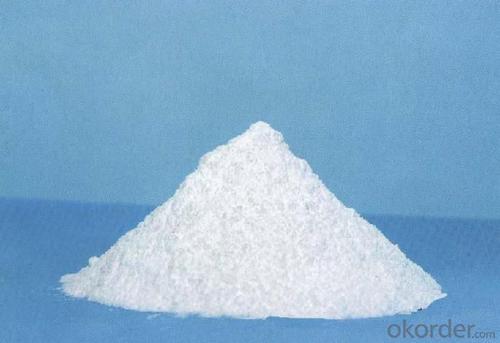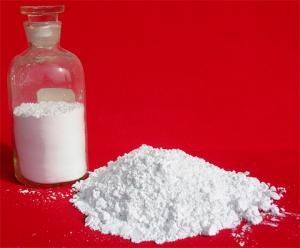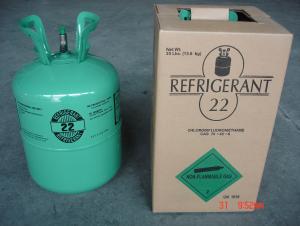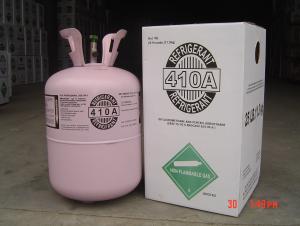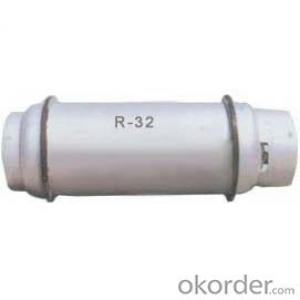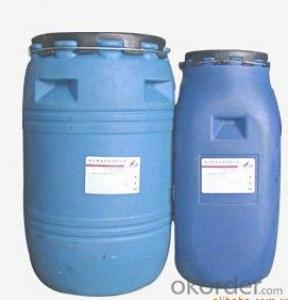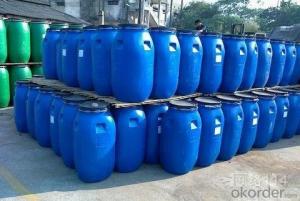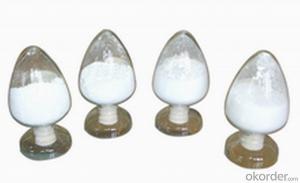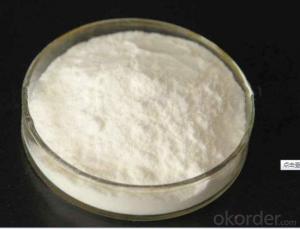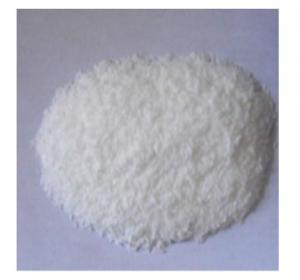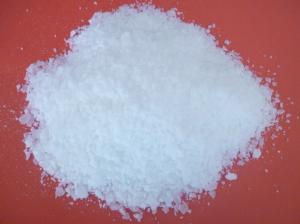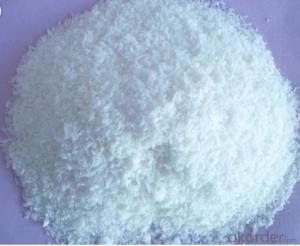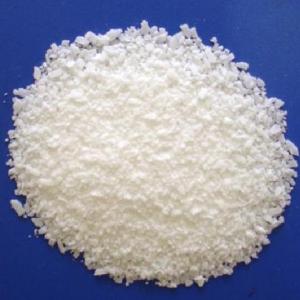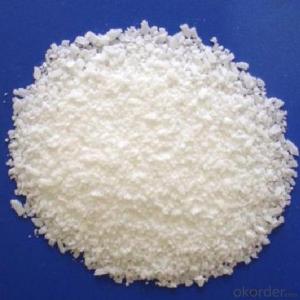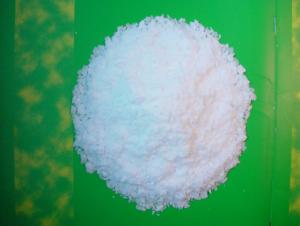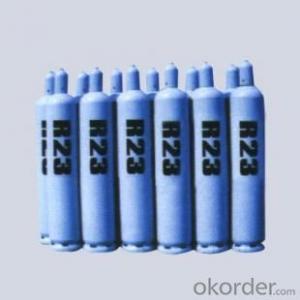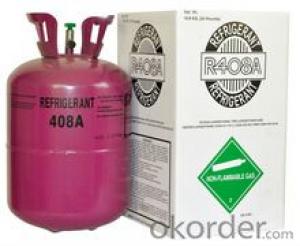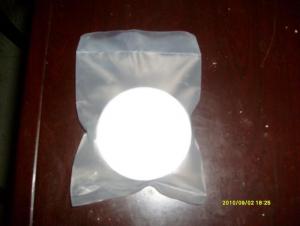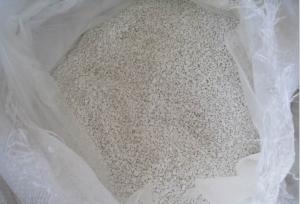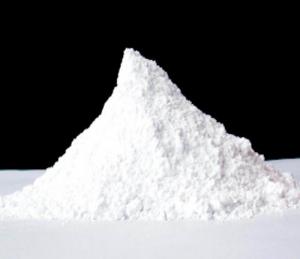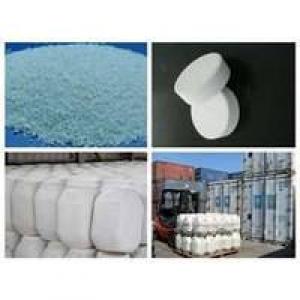Malaysia Stearic Acid Triple Pressed, Stearic Acid Rubber Grade
- Loading Port:
- Tianjin
- Payment Terms:
- TT OR LC
- Min Order Qty:
- -
- Supply Capability:
- 8000MT/month m.t./month
OKorder Service Pledge
OKorder Financial Service
You Might Also Like
Stearic acid
Formula: C18H36O2
Structural Formula:CH3(CH2)16COOH
Product Description:
Shaped like Lump, flake; Saturated fatty acid mainly with C16 and C18, white flake solid at ambient temperature, not dissolved in water, slightly dissolved in benzene and carbon bisulfide, and easily dissolved in hot alcohol. No smell no poison. It has the general chemical properties of organic carboxylic acid.
Physicochemical Properties:
pure product is white with a shiny soft small pieces, melting point 69.6 degrees, the boiling point of 376.1 degrees. Relative density 0.9408, refractive index 1.4299, slowly volatile in the 90-100 degrees. Slightly soluble in cold water, soluble in alcohol, acetone, soluble in benzene, chloroform, ethyl ether, carbon tetrachloride, carbon disulfide, toluene and so on.
Specification:
Item | Index | |||||
Grade No. | 1842 | 1838 | 1820 | 1860 | 1870 | 1880 |
Iodine value gI2/100g ≤ | ≤5.0 | ≤5.0 | ≤5.0 | ≤6.0 | ≤7.0 | ≤8.0 |
Saponification value mgKOH/g | 206~211 | 206-213 | 214-216 | 193-220 | 193-220 | 192-218 |
Acid value mgKOH/g | 208~210 | 210~211.5 | 214-225 | 182-218 | 192-218 | 193-220 |
Chroma (Hazen) ≤ | ≤60 | ≤80 | ≤100 | 200-400 | ≤150 | 400 |
Freezing point °C | 54~57 | 54~57 | 55~57 | 54 | 52 | 52 |
Moisture % ≤ | ≤0.2 | ≤0.2 | ≤0.2 | ≤0.3 | ≤0.3 | ≤0.3 |
Inorganic acid % ≤ | 0.001 | 0.001 | 0.001 | 0.001 | 0.001 | 0.001 |
Suggest Uses:
Mainly for the production of stearic acid salts: Widely used system for cosmetics, plastic cold-resistant plasticizer, release agent, stabilizer, surfactants, rubber vulcanization accelerator, waterproof agent, polishing agent, metal soap, metal mineral flotation agent, softeners, pharmaceuticals, and other organic chemicals.
In addition, oil-soluble pigments can be used as solvents, crayons transfer slip agent, waxed paper lighting agent, stearic acid glyceride emulsifier, etc..
Packing :25/50kg in PP bag ,25MT/20GP
Product Storage:
in dry warehouse ventilation should be more than 10mm from the ground to avoid damp products in the above-mentioned conditions, from the date of delivery for one year shelf life.
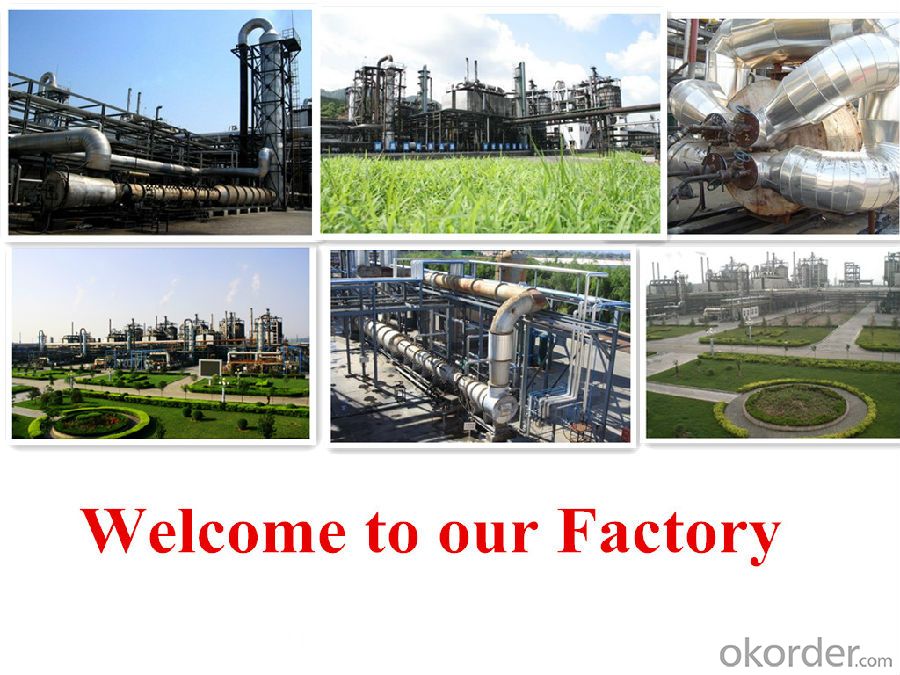
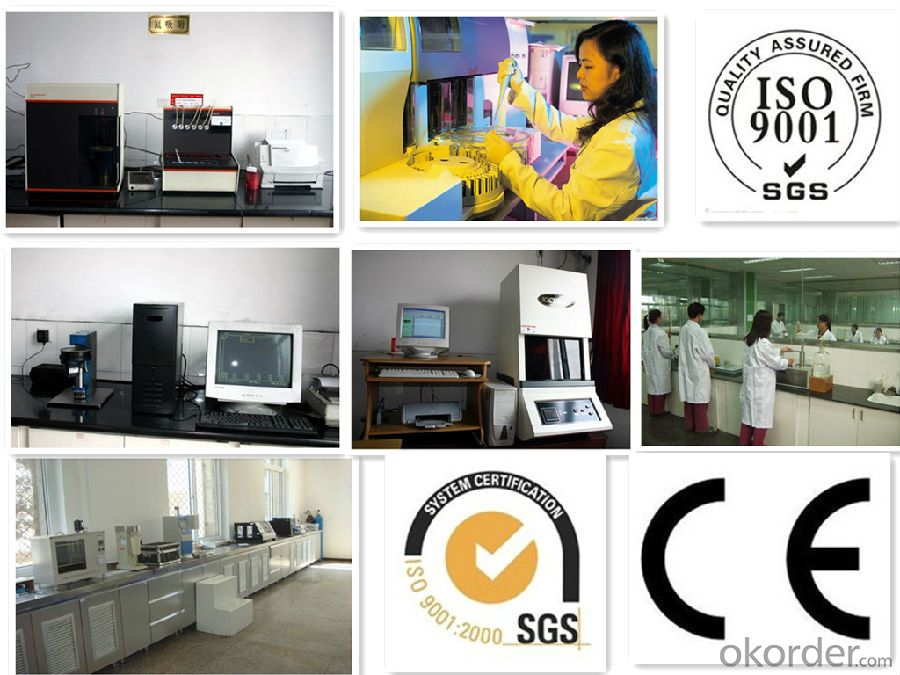
- Q: Is polyethylene a derivative of hydrocarbons?
- The definition is yes
- Q: China's largest asphalt production base where
- Oil asphalt is the residue after distillation of crude oil. According to the degree of extraction of different, at room temperature into a liquid, semi-solid or solid. Oil asphalt color black and shiny, with a high temperature. Because it is in the production process has been distilled to 400 ℃ or more, and thus contain little volatile components, but there may still be high-molecular hydrocarbons without volatile, these substances are more or less harmful to human health.
- Q: Why is dry ice not organic?
- Inorganic compounds are pure metals that do not contain carbon and a collection of simple carbon compounds such as carbon monoxide, carbon dioxide, carbonates, carbonates and carbides.
- Q: What are the derivatives of hydrocarbons?
- In addition to the C and H elements, there are also one or more of O, X (halogen), N, S and other elements, such as methanol (CH3OH) learned from junior high school chemistry, (CH3Cl), nitrobenzene (C6H5NO2), and the like, which are mentioned in the previous chapter, are derivatives of hydrocarbons, such as ethanol (C2H5OH), acetic acid (CH3COOH)
- Q: Inorganic chemistry employment direction? Current research direction
- Inorganic chemistry is the science of the composition, nature, structure and reaction of inorganic matter, which is the oldest branch of chemistry. Inorganic substances include all chemical elements and their compounds, except for most of the carbon compounds. (In addition to carbon dioxide, carbon monoxide, carbon disulfide, carbonates and other simple carbon compounds are still inorganic substances, the rest are organic matter.) Inorganic chemistry is in addition to hydrocarbons and their derivatives, the nature of all elements and their compounds And their reaction to experimental research and theoretical interpretation of science, is the development of the discipline of the earliest branch of a discipline.
- Q: Rush! Hydrocarbon and hydrocarbon derivatives system information includes chemical formula, common name, Chinese name and so on
- The system is too difficult to summarize. Too much.
- Q: Is grease a polymer compound? Is it a derivative of saturated hydrocarbons?
- Not a polymer can not be considered a saturated hydrocarbon derivatives. Natural oils contain unsaturated structures
- Q: Why can organic matter be unique in chemical substances? What is the nature of the C atom?
- Silicon compounds can also be made like this. However, for silicon-based organisms, the appropriate temperature of silicon-based enzymes is probably too high, the earth is too cold for them.
- Q: Carbon compounds (except inorganic carbon compounds), hydrocarbons and derivatives of the general term is?
- Organic matter
- Q: Who knows which organic intermediates are good?
- Tianjin Chi Sheng Trading Co., Ltd. is a professional engaged in domestic and international sales of chemical products business, after years of development, the company's business involves medicine, petrochemical, lubricants, coatings, dyes and other industries. With a complete technical support and staffing, product market is vast, sold all over the country. The company's main organic intermediates, pharmaceutical intermediates, chemical solvents and chemical additives four categories of hundreds of varieties.
Send your message to us
Malaysia Stearic Acid Triple Pressed, Stearic Acid Rubber Grade
- Loading Port:
- Tianjin
- Payment Terms:
- TT OR LC
- Min Order Qty:
- -
- Supply Capability:
- 8000MT/month m.t./month
OKorder Service Pledge
OKorder Financial Service
Similar products
Hot products
Hot Searches
Related keywords
